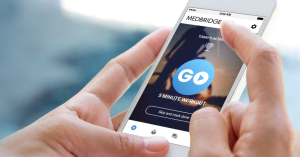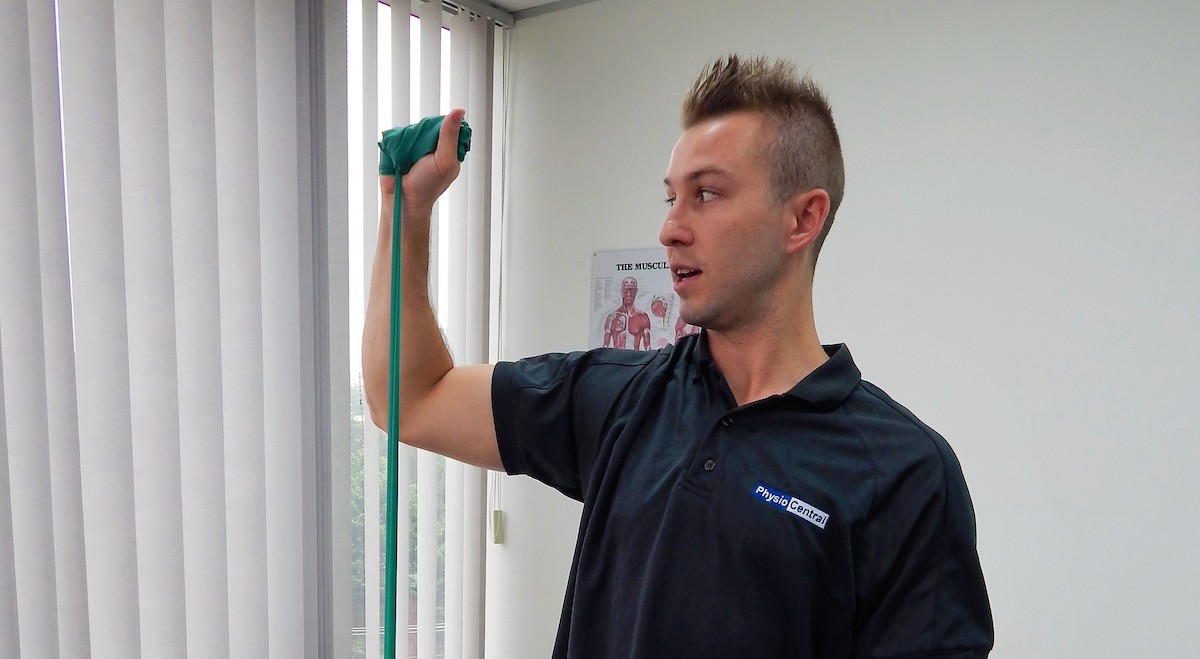If you’re an active person, exercise regularly, hit the gym… this one’s for you!
Scenario: You’re at the gym/the pilates studio/swimming laps in the pool… you name it… then it hits – the dreaded shoulder pain.
No matter what your reason for exercising is – shoulder pain is one of those problems that can often appear to come out of nowhere, without an obvious injury or cause!
You try and push through…
‘I’ve probably just overdone it and pulled something – it’ll settle back down tomorrow…’
Okay, but then it doesn’t.
Next time, you try changing things up a little bit to minimize or avoid the pain, like dropping your push-ups down from toes to knees, and then to none at all– but it’s not the same. Your motivation slips.
You feel set-back, like your fitness is going backwards.
Shoulder issues are especially common in the gym-junkies, the martial artists, the gymnasts, the pole dancers, the tennis players, and the swimmers, just to name a few!
It’s also extremely common amongst those in the workforce who are involved in repetitive and heavy lifting activities.
If these problems don’t seem to disappear after the normal period of 1-3 days, you really need to seek advice from your Physio.
- Shoulder pain can be notoriously slow to come good if you leave it too long.
And look, it’s not fun being held back. We know that the natural response can be to resist getting help when it’s just a “niggly” pain, because we may be worried that we’ll be told to stop doing what we’re doing.
“I’m tough! I can push through it! Besides, I don’t want to be told to stop lifting at the gym… I just started hitting my PBs!”
The good news is, we don’t want you to stop either.
What we want to do is
- Catch it early
- Identify the problem
- Show you what needs to be done
- Get you back into it as soon as possible!
We’ll start by classifying the type of pain you’re experiencing into one (1) of three (3) categories:
1 – The Pinching Shoulder when pushing or lifting weights especially overhead.
(For the gym goers, think kettlebell swings, shoulder presses, upright rows…)
2– The Unstable Shoulder that feels ‘loose’, clicks and sometimes over-rotates. (This one is common on the ‘down’ movement in your bench press and your lateral pulldowns.)
3 – The Weak Shoulder, which feels “shaky” almost like it’s going to give way or buckle under load. (Usually felt when you’re upping your weights or carrying something heavy.)
We’ll then have a chat to you about YOUR own goals/expectations, to tailor-make a plan for you.
For example,
- Do you want to crack 100kg on the bench press?
- Do you want to be able to do a push up on your toes?
- Do you want to throw a netball without pain?
- Do you want to hit 20 laps in the pool?
If you’re working out regularly at the gym, we’ll work around how to unload the intensity, without you stopping altogether.
The most common ways to do this are:
- Decrease the weight you lift
- Increase the reps (to fatigue your muscles)
- Chuck an extra leg day OR cardio day into your program, to lessen your upper body days
- Check your form and adjust accordingly to ensure you won’t further injure yourself from a poor technique. (We’ve all seen that one guy at the gym with the questionable moves! If you don’t aspire to end up as the next ‘insta’ meme, get a professional to check out your technique)
Finally (and most importantly) – we’ll get that Cuff buff!
We’re talking about the Rotator Cuff of course, and this is often the key, as most shoulder problems are caused by Rotator Cuff muscle weakness.
(The Rotator Cuff is made up of four muscles that basically hold the ball of the shoulder joint snuggly in its socket)
- We’ll go through a personalised rotator cuff rehab program for you to incorporate into your existing workout to keep on building those ‘boulder shoulders’ and get you back on track!
The best part is, we will load your custom exercises onto our (completely) FREE app, which you can access at any time (If you don’t prefer a printed copy)!

Thanks for reading! Stay tuned for Shoulder Pain Part 2: The Inactive Shoulder
